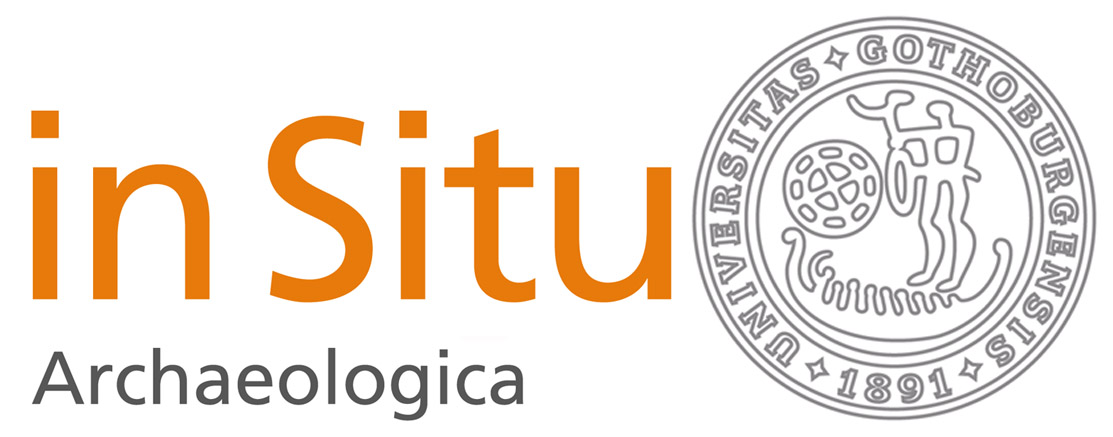Keramik och identitet i förromersk järnålder
DOI:
https://doi.org/10.58323/insi.v10.13270Nyckelord:
manufacturing process, Iron Age, Symbolism, PotteryAbstract
Ceramics reflect the archaeological context, not only chronology. Individual identity and group identity can also be demonstrated. Through analysis of the manufacturing process, the archaeologist can form a picture of how people in ancient society regarded the relationship between man and ceramics. The article presents a hypothesis about how the people during the early Iron Age related ceramic vessels to the human body as a metaphor. The starting point is the findings from an excavation in the autumn of 2010 at Änghagen in Torslanda, Gothenburg municipality. The use of ceramics in the graves indicates that it is highly likely that female fertility in the sense of rebirth played a crucial role in the symbolism surrounding burial containers and other objects of clay. In a context of variables, the use of pottery in the burial context was linked to the identity of both the individual and the group. Analogies with the findings from the Torslanda excavation were retrieved from other parts of western Sweden as well as from Denmark. The cultural contacts between western Sweden and Jutland are apparent when comparisons are made of pottery and other grave finds, especially with regard to this burial ground.
Nedladdningar
Downloads
Publicerad
Referera så här
Nummer
Sektion
Licens
Författare som bidrar till In Situ Archaeologica har givit sitt medgivande att publicera sina artiklar under en Creative Commons-licens. Den ger tredje part vissa rättigheter till att nyttja materialet. Rättigheterna styrs av vilken licens verket är publierad under. Det åligger tredje part att sätta sig in i verkets creative common licens innan materialet används i eget syfte. Det är alltid författaren som har copyright till verket och allt nyttjande av tredje part förutsätter att ett tydligt erkännande ges till verkets upphovsperson, att en länk till licensen tillhandahålls.



